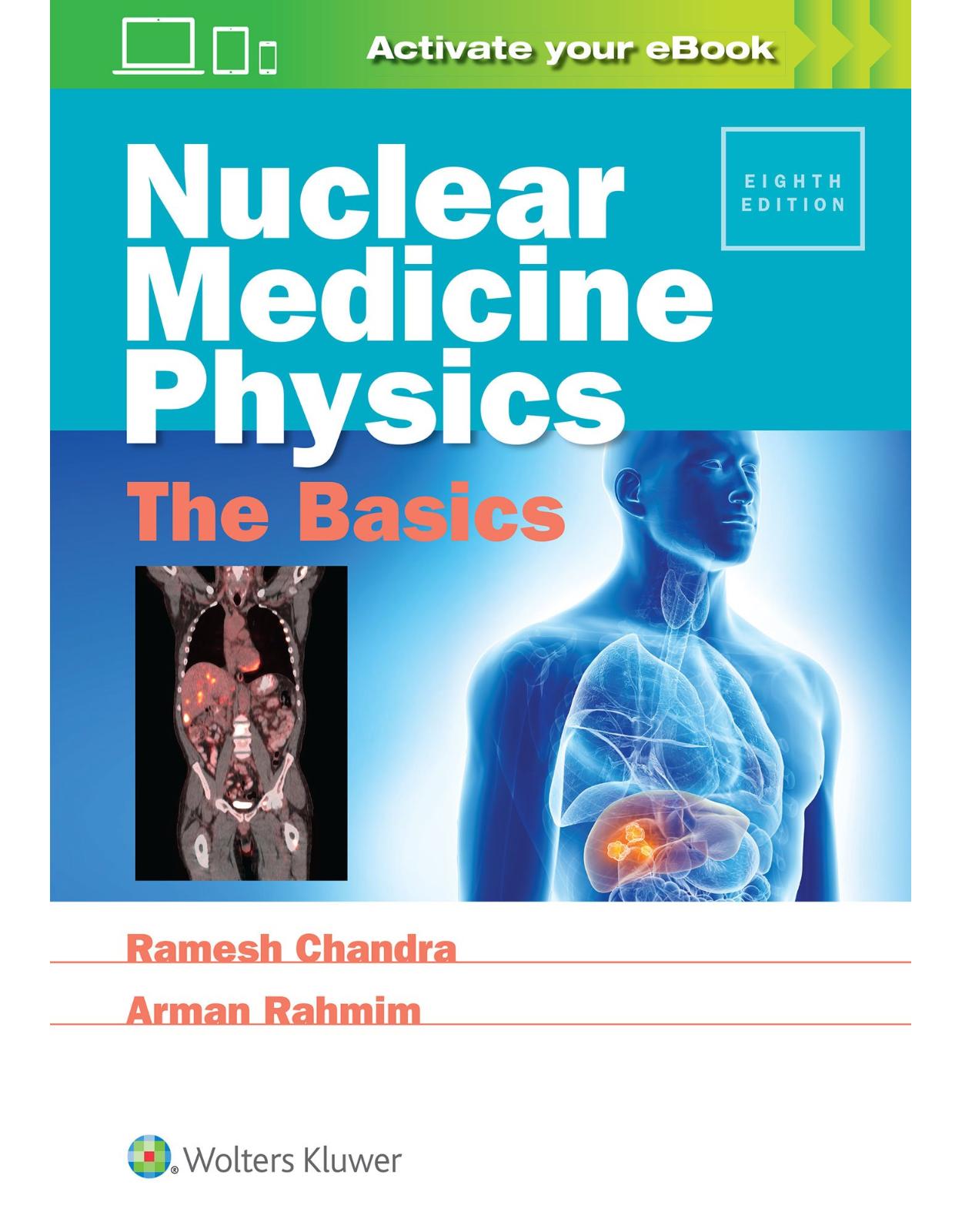
Nuclear Medicine Physics: The Basics
Livrare gratis la comenzi peste 500 RON. Pentru celelalte comenzi livrarea este 20 RON.
Description:
Part of the renowned The Basics series, Nuclear Medicine Physics helps build foundational knowledge of how and why things happen in the clinical environment. Ideal for board review and reference, the 8th edition provides a practical summary of this complex field, focusing on essential details as well as real-life examples taken from nuclear medicine practice. New full-color illustrations, concise text, essential mathematical equations, key points, review questions, and useful appendices help you quickly master challenging concepts in nuclear medicine physics.
Your book purchase includes a complimentary download of the enhanced digital version for iOS, Android, PC & Mac.
Take advantage of these practical features that will improve your digital experience:
- The ability to download the digital on multiple devices at one time — providing a seamless reading experience online or offline
- Powerful search tools and smart navigation cross-links that allow you to search within this book, or across your entire library of VitalSource eBooks
- Multiple viewing options that enable you to scale images and text to any size without losing page clarity as well as responsive design
- The ability to highlight text and add notes with one click
Table of Contents:
1 Basic Review
Matter, Elements, and Atoms
Simplified Structure of an Atom
Molecules
Binding Energy, Ionization, and Excitation
Forces or Fields
Electromagnetic Forces
Characteristic X-Rays and Auger Electrons
Interchangeability of Mass and Energy
2 Nuclides and Radioactive Processes
Nuclides and Their Classification
Nuclear Structure and Excited States of a Nuclide
Radionuclides and Stability of Nuclides
Radioactive Series or Chain
Radioactive Processes and Conservation Laws
Alpha (α) Decay
Beta (β) Decay, or More Appropriately, Isobaric Transition
Gamma (γ) Decay, or More Appropriately, Isomeric Transition
Decay Schemes
3 Radioactivity: Law of Decay, Half-Life, and Statistics
Radioactivity: Definition, Units, and Dosage
Law of Decay
Calculation of the Mass of a Radioactive Sample
Specific Activity
The Exponential Law of Decay
Half-Life
Problems on Radioactive Decay
Average Life (Tav)
Biologic Half-Life
Effective Half-Life
Statistics of Radioactive Decay
Poisson Distribution, Standard Deviation, and Percent Standard Deviation
Propagation of Statistical Errors
Error in Count Rate
Room Background
4 Production of Radionuclides
Methods of Radionuclide Production
Reactor-Produced Radionuclides
Accelerator- or Cyclotron-Produced Radionuclides
Fission-Produced Radionuclides
General Considerations in the Production of Radionuclides
Production of Short-Lived Radionuclides, Using a Long-Lived Radionuclide via a Generator
Principles of a Generator
Description of a Typical 99Mo–99mTc Generator
5 Radiopharmaceuticals
Design Considerations for a Radiopharmaceutical
Selection of a Radionuclide
Selection of a Chemical
Development of a Radiopharmaceutical
Chemical Studies
Animal Distribution and Toxicity Studies
Human or Clinical Studies
Quality Control of a Radiopharmaceutical
Radionuclidic Purity
Radiochemical Purity
Chemical Purity
Sterility
Apyrogenicity
Labeling of Radiopharmaceuticals with Technetium-99m
Technetium-99m-Labeled Radiopharmaceuticals
Technetium-99m Pertechnetate (99mTcO–4)
Technetium-99m-Labeled Sulfur Colloid
Technetium-99m-Labeled Macroaggregated Albumin (MAA, Macrotec, or Technescan)
Technetium-99m-Labeled Pyrophosphate (PYP), Methyl Diphosphonate (MDP) and Oxidronate (HDP)
Technetium-99m-Labeled Human Serum Albumin
Technetium-99m-Labeled Red Cells
Technetium-99m-Labeled 2,3-Dimercaptosuccinic Acid (DMSA)
Technetium-99m-Labeled Diethylenetriamine Pentaacetic Acid (DTPA, Pentetate or Techniplex)
Technetium-99m-Labeled Mertiatide (MAG3 or TechneScan MAG3)
Technetium-99m-Labeled Mebrofenin (Choletec) and Disofenin (Heptolite)
Technetium-99m-Labeled Sestamibi (Cardiolite)
Technetium-99m-Labeled Tetrofosmin (Myoview)
Technetium-99m-Labeled Brain Imaging Agents, Exametazime (HMPAO or Ceretec), and Bicisate (ECD or Neurolite)
Technetium-99m-Labeled Tilmanocept (Lymphoseek)
Radioiodine123-Labeled Radiopharmaceuticals (123I replacing 131I)
Iodine-123-Labeled Sodium Iodide
Iodine-123-Labeled MIBG (Metaiodobenzylguanidine, Iobenguane, or Andreview)
Iodine-123-Labeled Ioflupane (DaTscan)
Compounds Labeled with Other Radionuclides
Gallium-67 Citrate
Thallous-201 Chloride
Chromium-51-Labeled Red Cells
Indium-111-Labeled Platelets and Leukocytes
Indium-111-Labeled DTPA (111In-Pentetate)
Indium-111-Labeled Pentetreotide (OctreoScan)
Radiolabeled Monoclonal Antibodies (111In-ProstaScint)
Radioactive Gases and Aerosols
Radiopharmaceuticals for PET Imaging
18FDG (Fludeoxyglucose)
18F-Florbetapir (Amyvid), 18F-Florbetaben (NeuraCeq), and 18F-Flutemetamol (Vizamyl)
18F-Labeled Sodium Fluoride
13N-Ammonia
82Rb (Cardiogen-82)
11C-Choline
18F-Labeled Fluciclovine (FACBC or Axumin)
68Ga-Labeled DOTATATE and DOTATOC
Radiopharmaceuticals in Pregnant or Lactating Women
Therapeutic and Theranostic Uses of Radiopharmaceuticals
Design of a Radiopharmaceutical for Therapeutic Uses
Problems and Uses
Misadministration of Radiopharmaceuticals
6 Interaction of High-Energy Radiation with Matter
Interaction of Charged Particles (10 keV to 10 MeV)
Principal Mechanism of Interaction (Ionization and Excitation)
Differences Between Lighter and Heavier Charged Particles
Range R of a Charged Particle
Factors That Affect Range, R
Bremsstrahlung Production
Stopping Power (S)
Linear Energy Transfer
Difference Between LET and Stopping Power, S
Annihilation of Positrons
Cerenkov Radiation
Interaction of X- or γ-Rays (10 keV to 10 MeV)
Attenuation and Transmission of X- or γ-Rays
Attenuation Through Heterogeneous Medium
Mass Attenuation Coefficient, µ (mass)
Atomic Attenuation Coefficient, µ (atom)
Mechanisms of Interaction
Dependence of µ (mass) and µ (linear) on Z
Relative Importance of the Three Processes
Interaction of Neutrons
7 Radiation Dosimetry
General Comments on Radiation Dose Calculations
Definitions and Units
Radiation Dose, D
Radiation Dose Rate, dD/dt
Parameters or Data Needed
Calculation of the Radiation Dose
Step 1—Rate of Energy Emission
Step 2—Rate of Energy Absorption
Step 3—Dose Rate, dD/dt
Step 4—Average Dose, D
Cumulated Radioactivity
Simplification of Radiation Dose Calculations Using “S” Factor
Some Illustrative Examples
Radiation Doses in Routine Imaging Procedures
Radiation Doses in Children
Radiation Dose to a Fetus
Computer Program (OLINDA/EXM)
8 Detection of High-Energy Radiation
What Do We Want to Know About Radiation?
Simple Detection
Quantity of Radiation
Energy of the Radiation
Nature of Radiation
What Makes One Radiation Detector Better than Another?
Intrinsic Efficiency or Sensitivity
Dead Time or Resolving Time
Energy Discrimination Capability or Energy Resolution
Other Considerations
Types of Detectors
Gas-Filled Detectors
Mechanism of Gas-Filled Detectors
Types of Gas-Filled Detectors
Scintillation Detectors (Counters)
Scintillator
Associated Electronics
Response to Monochromatic (Single-Energy) γ-Rays
Response to γ-Rays of Two Energies and Secondary Peaks
Semiconductor Detectors
9 In Vitro Radiation Detection
Overall Efficiency E
Intrinsic Efficiency
Geometric Efficiency
Well-Type NaI(Tl) Scintillation Detectors (Well Counters)
Liquid Scintillation Detectors
Basic Components
Preparation of the Sample Detector Vial
Problems Arising in Sample Preparation
10 In Vivo Radiation Detection: Basic Problems, Probes, and Scintillation Camera
Basic Problems
Collimation
Scattering
Attenuation
Organ Uptake Probes
NaI(Tl) Detector
Collimator
Miniature Surgical Probes
Organ Imaging and Scintillation Camera
Components of a Scintillation Camera
Collimators
Detector, NaI(Tl) Crystal
Position-Determining Circuit (X, Y Coordinates)
Display
Imaging with a Scintillation Camera
11 Computer Interfacing and Image Processing
Interfacing with a Computer
Digital Images from the Scintillation Camera
Pixel and Matrix
Acquisition Modes
Display of Images
Digital Image Processing
Scaling, Addition or Subtraction, and Smoothing
Display of Volumetric Data
Regions of Interest
Registration of Images
Tracer Kinetic Modeling
12 Operational Characteristics and Quality Control (QC) of a Scintillation Camera
Quantitative Parameters for Measuring Spatial Resolution
PSF and FWHM as Measures of Spatial Resolution, R
MTF
Resolution of an Imaging Chain
Quantitative Parameters for Measuring Sensitivity
Point Sensitivity Sp
Line Sensitivity, SL
Plane Sensitivity, SA
Factors Affecting Spatial Resolution and Sensitivity of an Imager
Scintillation Camera
Uniformity and High Count Rate Performance of a Scintillation Camera
Uniformity
High Count Rates and Issues of Dead Time and Pulse Pile-up
QC of a Scintillation Camera
Peaking
Field Uniformity
Spatial Resolution
13 Emission Computed Tomography (ECT), General Principles
Basic Principles
Considerations in Data Acquisition
Pixel Width, Matrix, and Number of Projections
Pixel Width, Resolution, and Sensitivity
Image Reconstruction Methods
Back-Projection (a Simple Explanation)
Filtered Back-Projection (An Improved Reconstruction Method): Actual Steps
Practical Challenges
Iterative Methods
Quantitation
14 Single-Photon Emission Computed Tomography
Data Acquisition With a Scintillation Camera
Collimators
Sources of Error and Needed Quality Control
Corrections for Accurate Image Reconstruction
Attenuation Correction
Scatter Correction
Resolution Recovery (also known as Collimator-Detector Response Correction)
Dedicated SPECT Systems
D-SPECT
GE Discovery NM 530c
Other Novel Designs
15 Positron Emission Tomography (PET)
Basic Principles
Positron Emission and Annihilation
Coincidence Detection
Standard PET Instrumentation
Data Acquisition
2D versus 3D Mode
Time-of-flight (TOF) PET
PET/CT Imaging
Correction Methods
Normalization or Uniformity Correction
Attenuation Correction
Scattered Coincidence Correction
Random Coincidence Correction
Resolution in PET and its Recovery by PSF Modeling
Quality Control (QC) of a PET Scanner
Performance Characteristics of PET Scanners
16 Detectability or Final Contrast in an Image
Parameters that Affect Detectability of a Lesion
Object Contrast
Spatial Resolution and Sensitivity of an Imaging Device
Statistical (Quantum) Noise
Projection of Volume Distribution into Planar Distribution
Compton Scattering of γ-Rays
Attenuation
Object Motion
Display Parameters
Contrast–Detail Curve
Receiver Operator Characteristic Curve
17 Biologic Effects of Radiation and Risk Evaluation from Radiation Exposure
Mechanism of Biologic Damage
Factors Affecting Biologic Damage
Radiation Dose
Dose Rate
LET or Type of Radiation
Type of Tissue
Amount of Tissue
Rate of Cell Turnover
Biologic Variation
Chemical Modifiers
Deleterious Effects in Humans
Acute Effects
Late Effects
Low Dose Relationship for Stochastic Effects
Radiation Effects in the Fetus
Different Radiation Exposures and the Concepts of Equivalent Dose (Dose Equivalent) and Effective Dose (Effective Dose Equivalent)
Equivalent Dose (Dose Equivalent)
Effective Dose, Effective Dose Equivalent, and Tissue Weighting Factors
Methodology for Comparison of Different Exposures
Committed Equivalent Dose and Committed Effective Dose
Sources of Radiation Exposure to U.S. Population and Average Effective Dose
Natural Background Radiation
Medical Exposure
Technological Exposures
Average Total Effective Dose per Person
Effective Doses in Nuclear Medicine and Comparison with Other Sources of Exposure
18 Methods of Safe Handling of Radionuclides and Pertaining Rules and Regulations
Principles of Reducing Exposure from External Sources
Exposure
Calculation of Exposure from External Sources
Avoiding Internal Contamination
The Radioactive Patient
Rules and Regulations
U.S. Regulatory Agencies
Exposure or Dose Limits: Annual Limit on Intake and Derived Air Concentration
ALARA Principle
Types of Licenses
Radiation Safety Committee and Radiation Safety Officer
Personnel Monitoring
Receipt, Use, and Disposal of Radionuclides
Control and Labeling of Areas Where Radionuclides Are Stored and/or Used
Contamination Survey and Radiation-Level Monitoring
Receiving and Shipping (Transport) of Radioactive Packages
Accidental Radioactive Spills
Appendix A: Physical Characteristics of Some Radionuclides of Interest in Nuclear Medicine
Appendix B: CGS and SI Units
Appendix C: Radionuclides of Interest in Nuclear Medicine
Answers
Suggestions for Further Reading
| An aparitie | 1 Nov. 2017 |
| Autor | CHANDRA |
| Dimensiuni | 17.53 x 1.02 x 25.15 cm |
| Editura | LWW |
| Format | Paperback |
| ISBN | 9781496381842 |
| Limba | Engleza |
| Nr pag | 256 |
| Versiune digitala | DA |

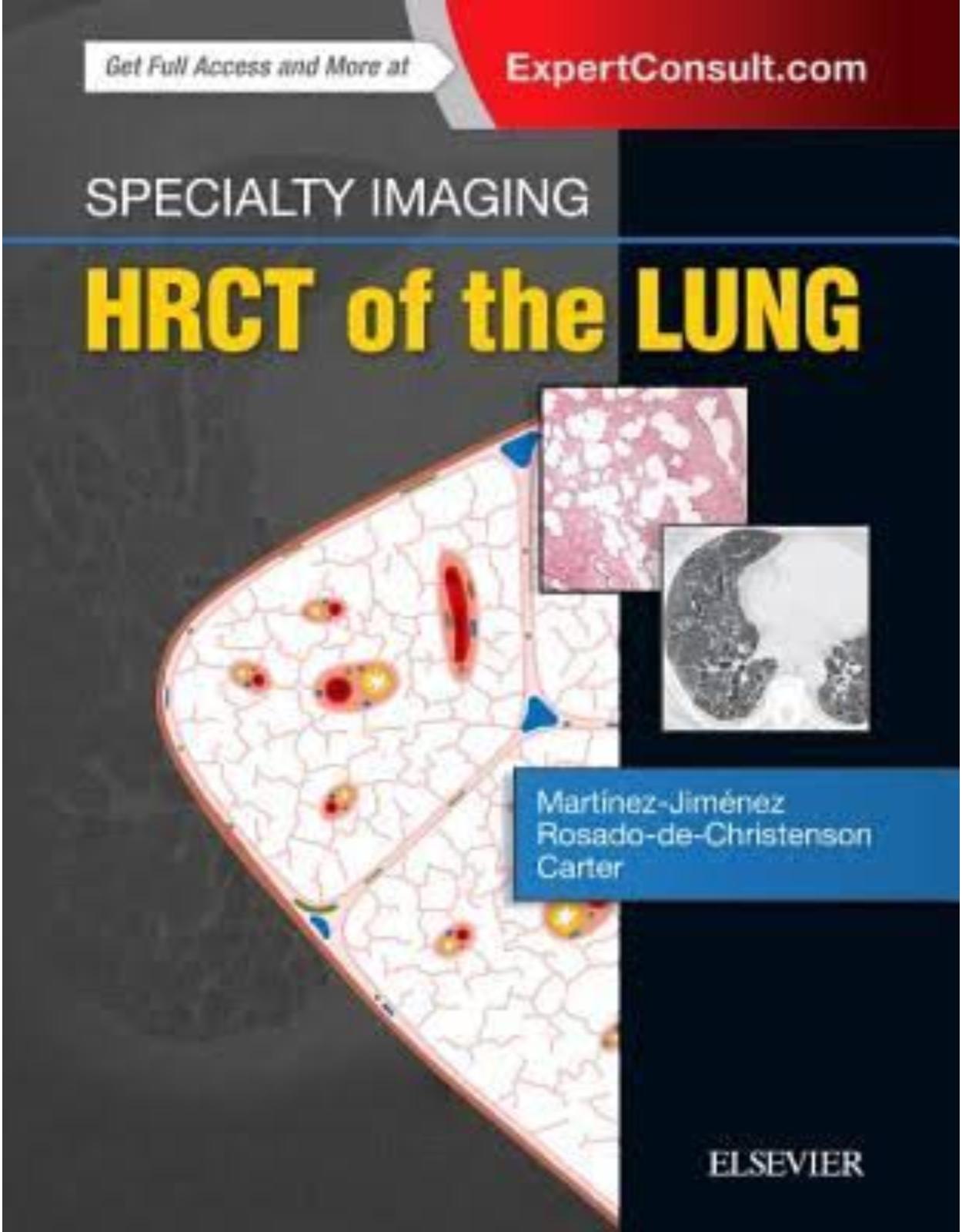
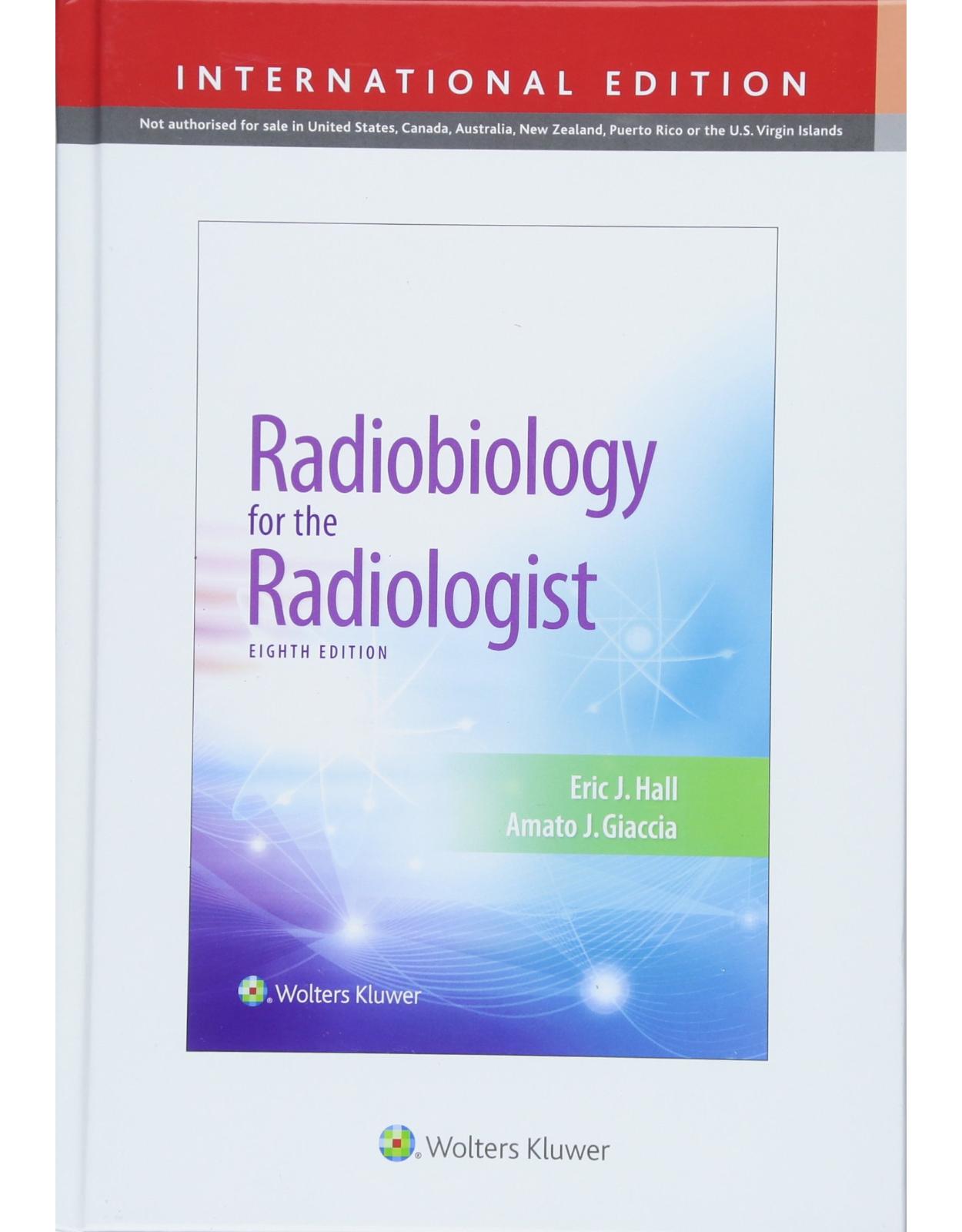
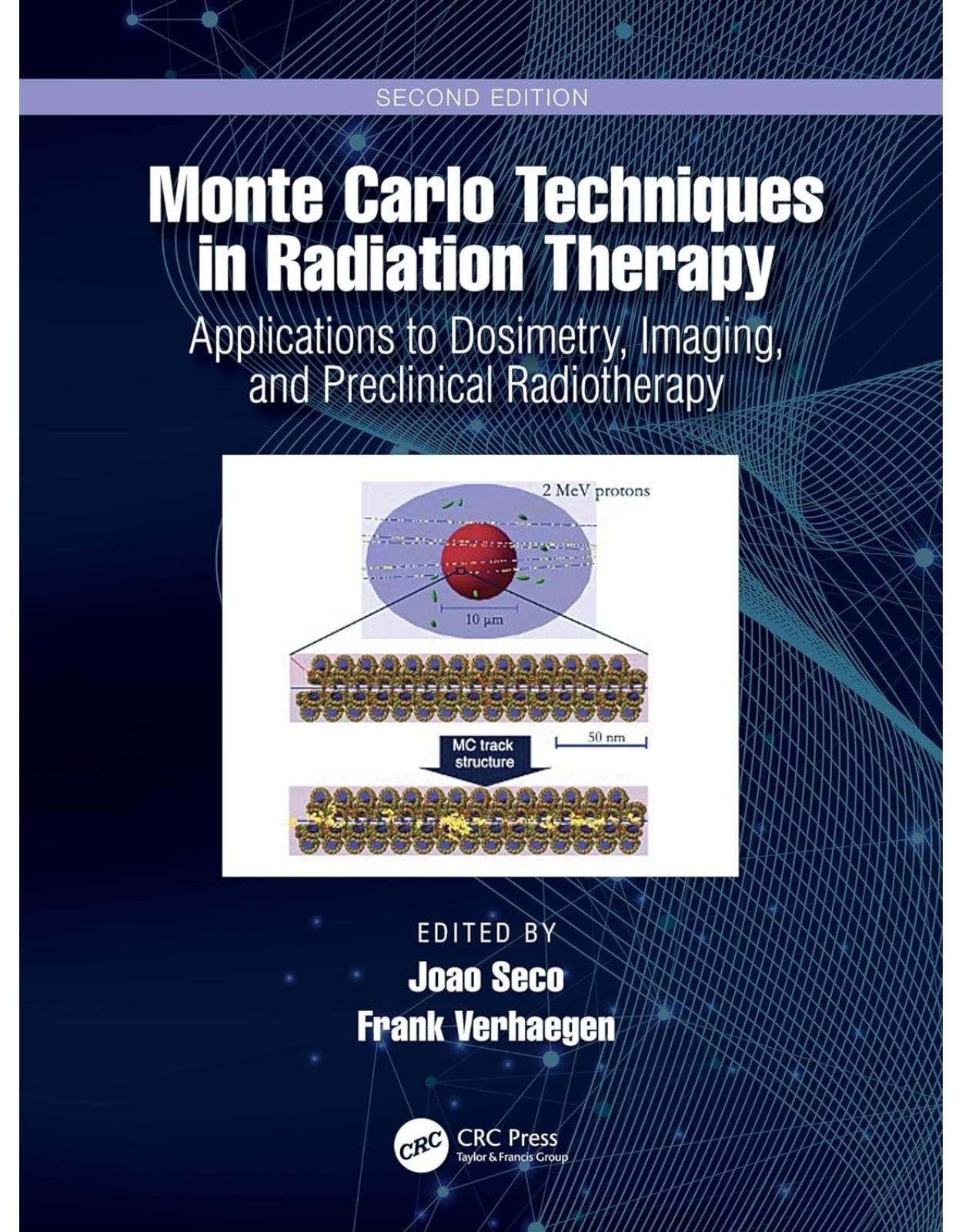
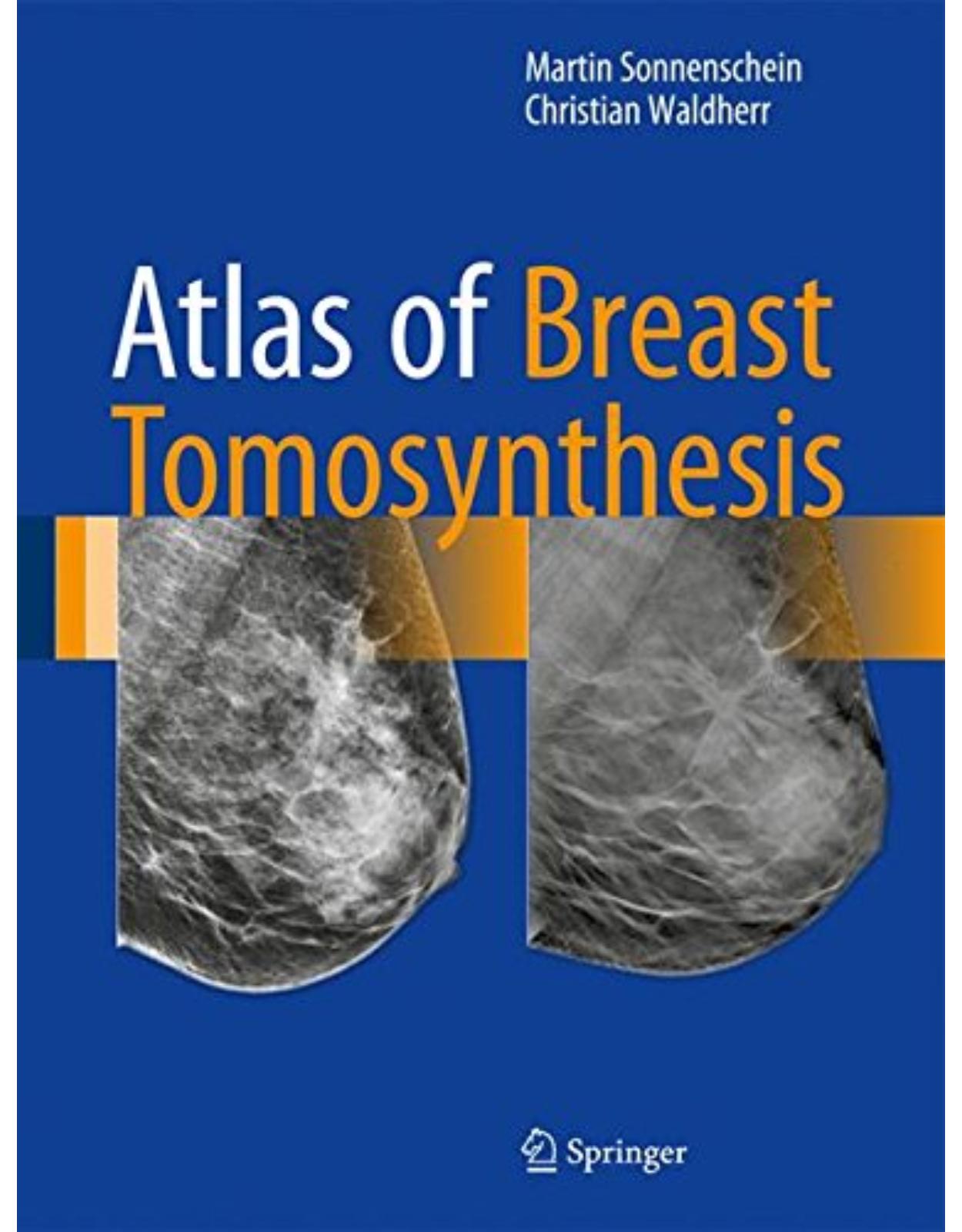
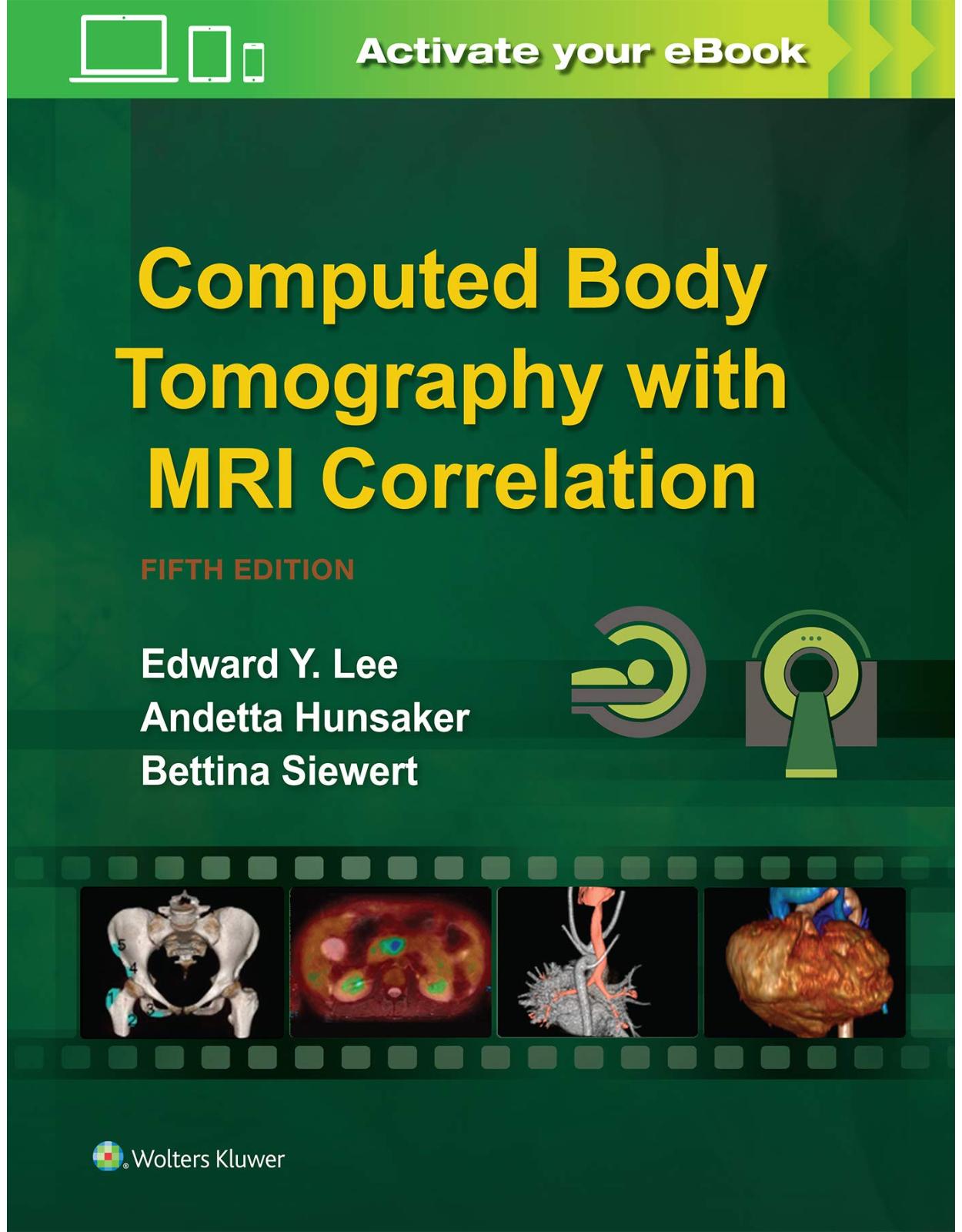
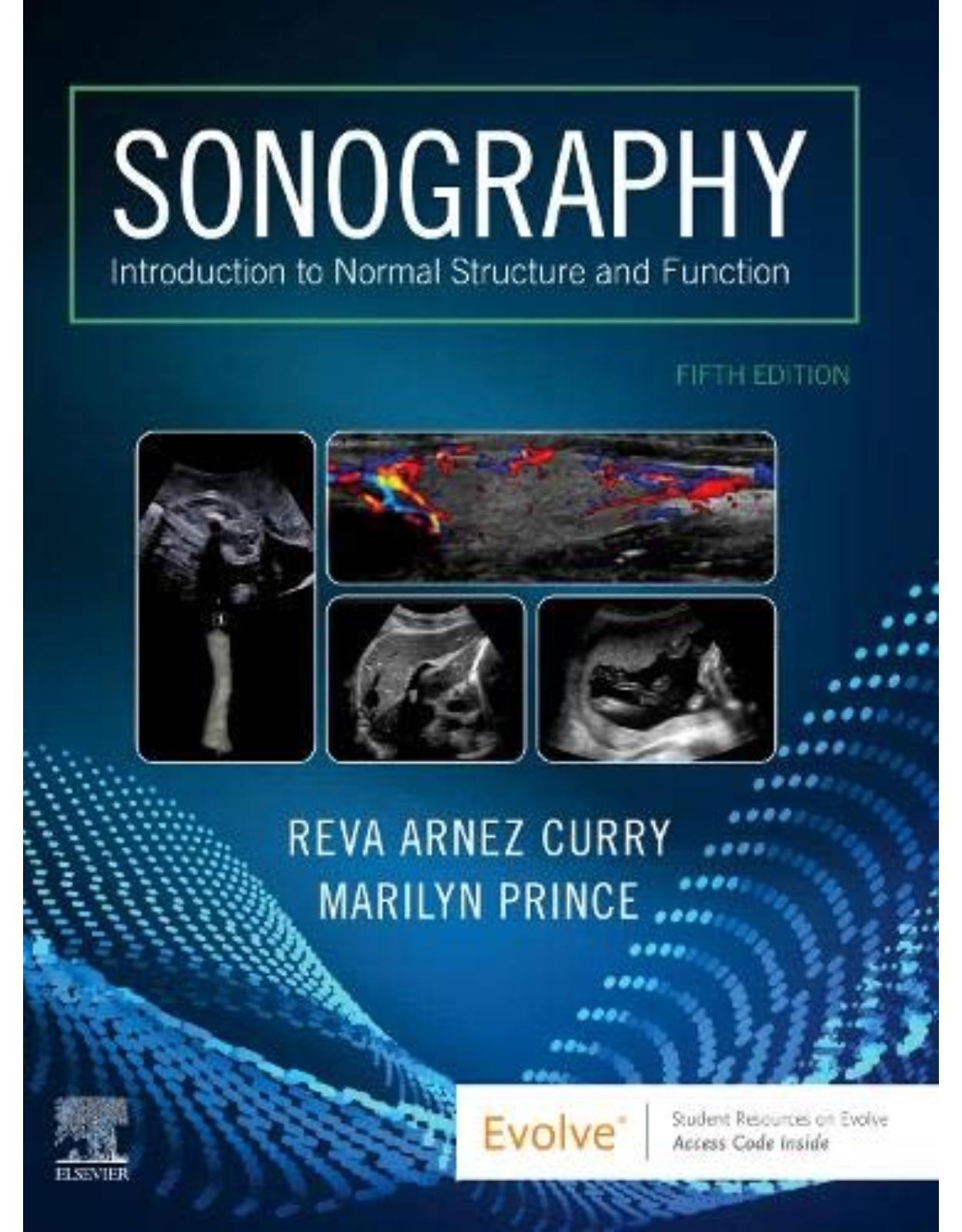

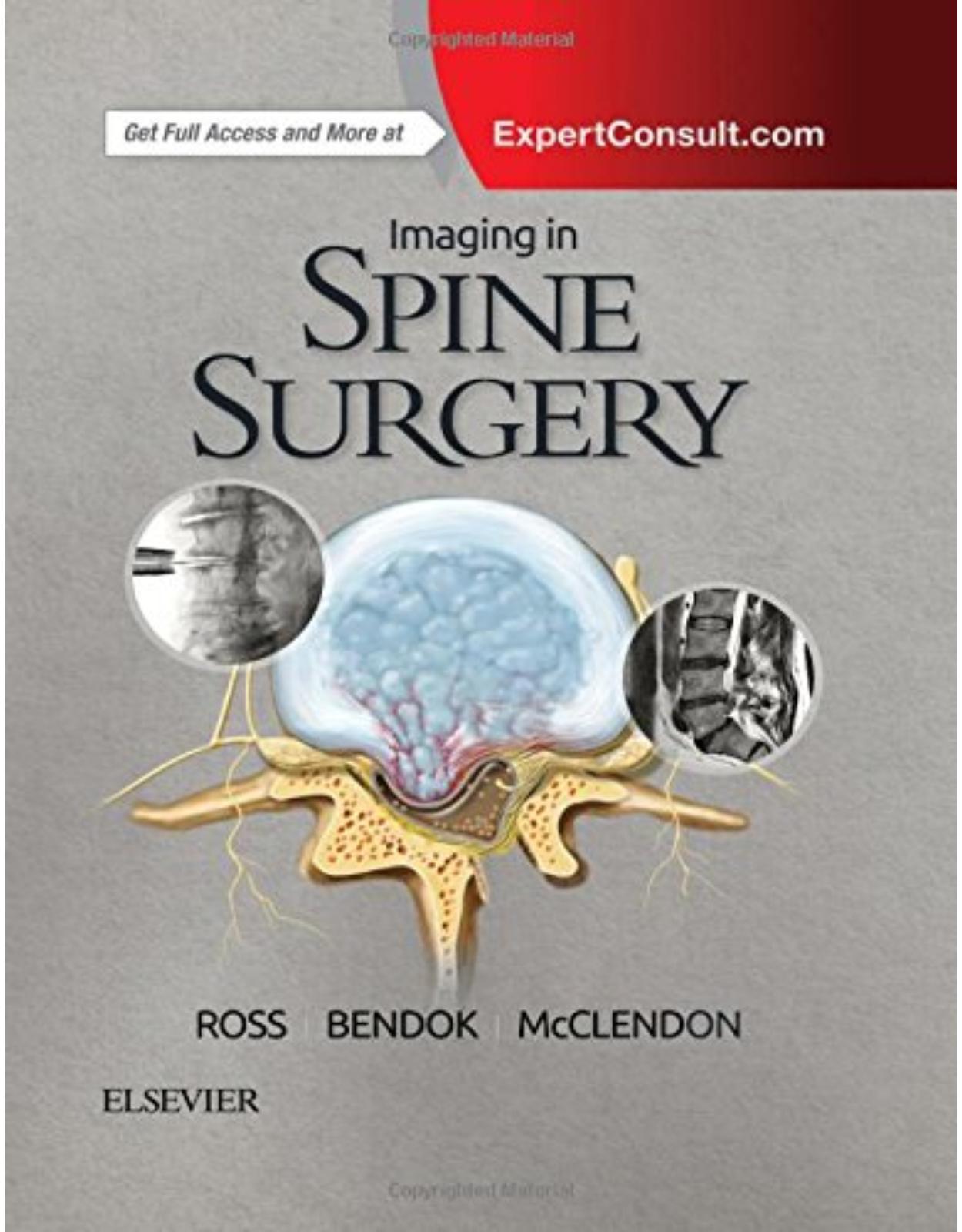
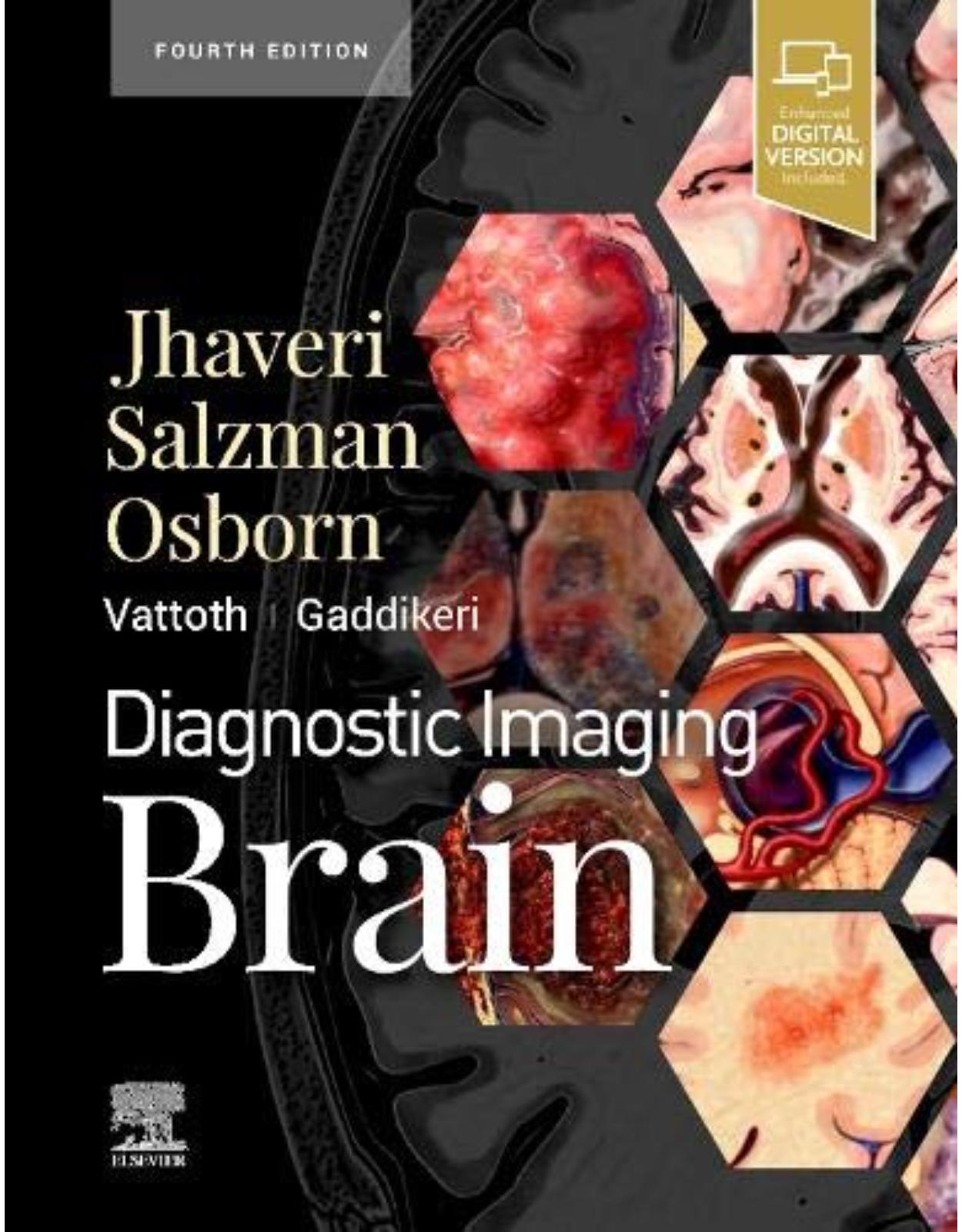
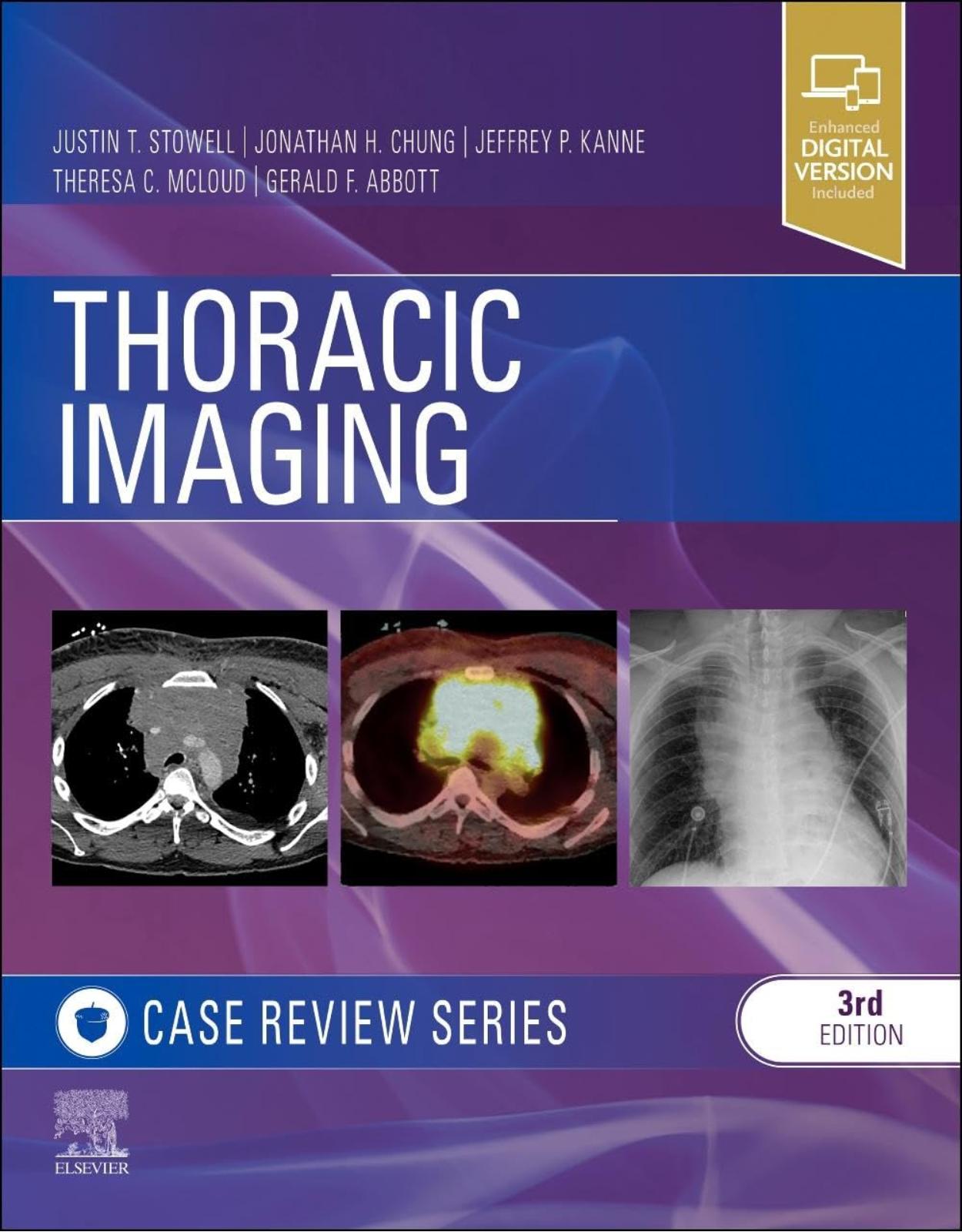
Clientii ebookshop.ro nu au adaugat inca opinii pentru acest produs. Fii primul care adauga o parere, folosind formularul de mai jos.